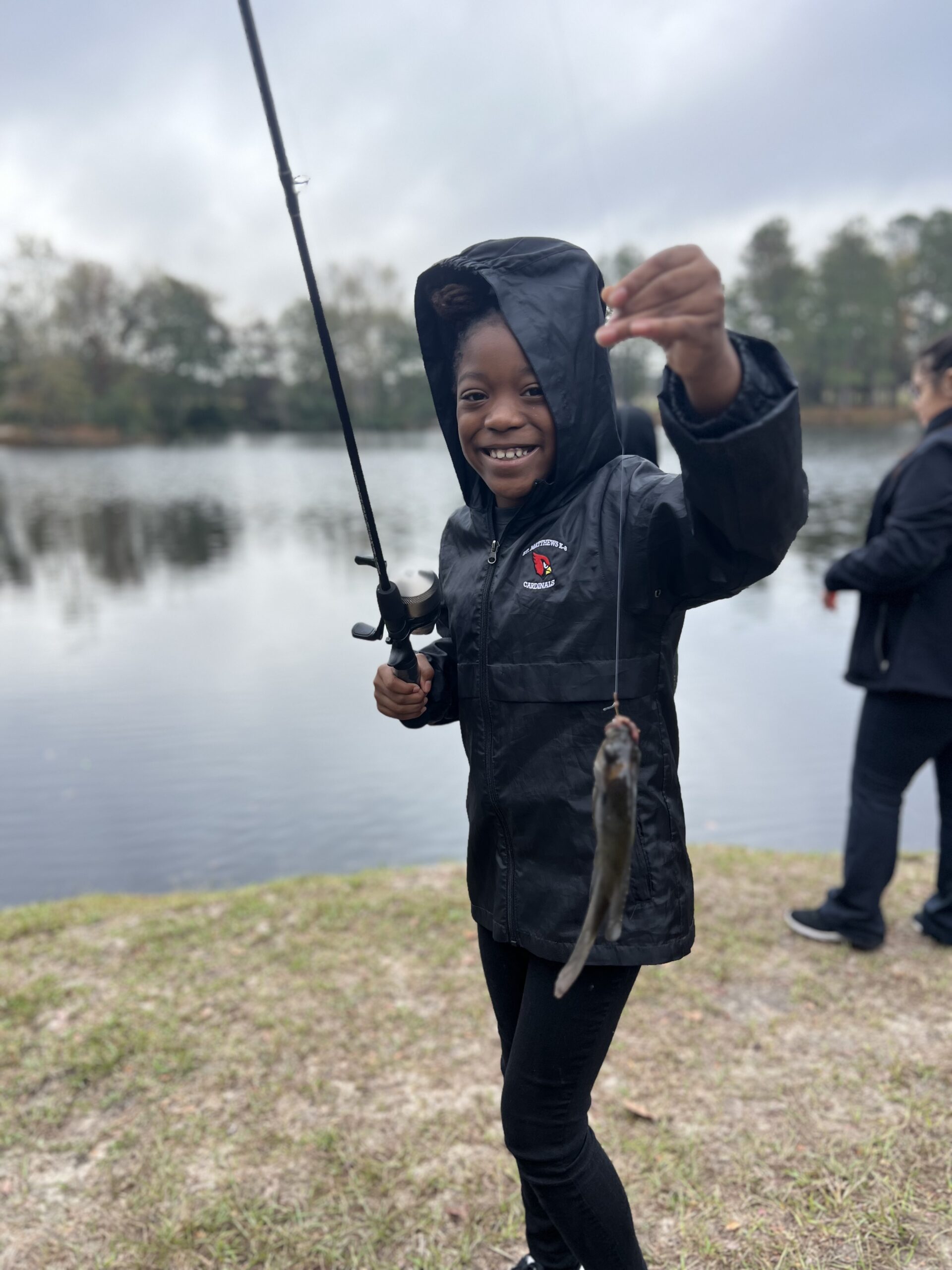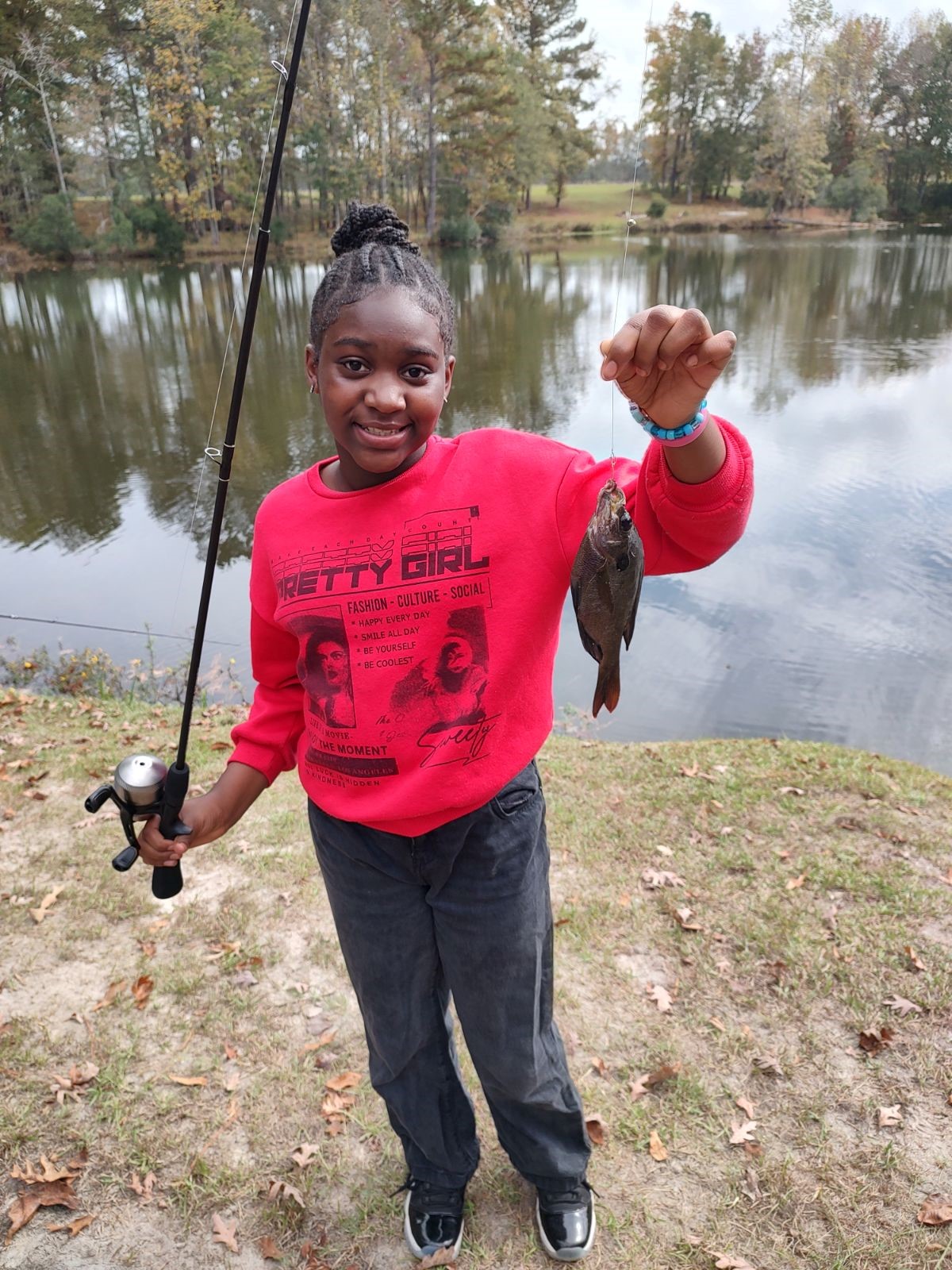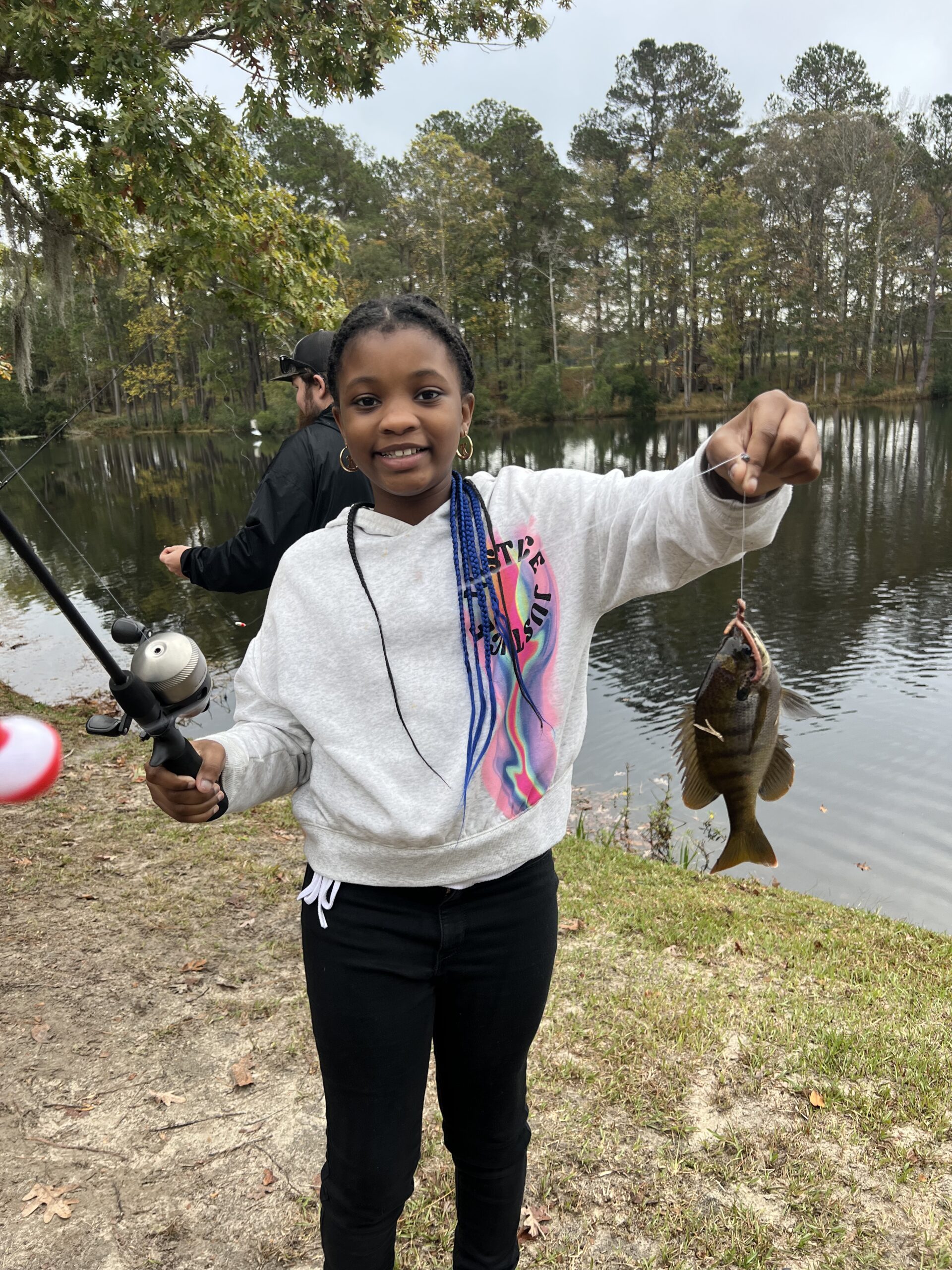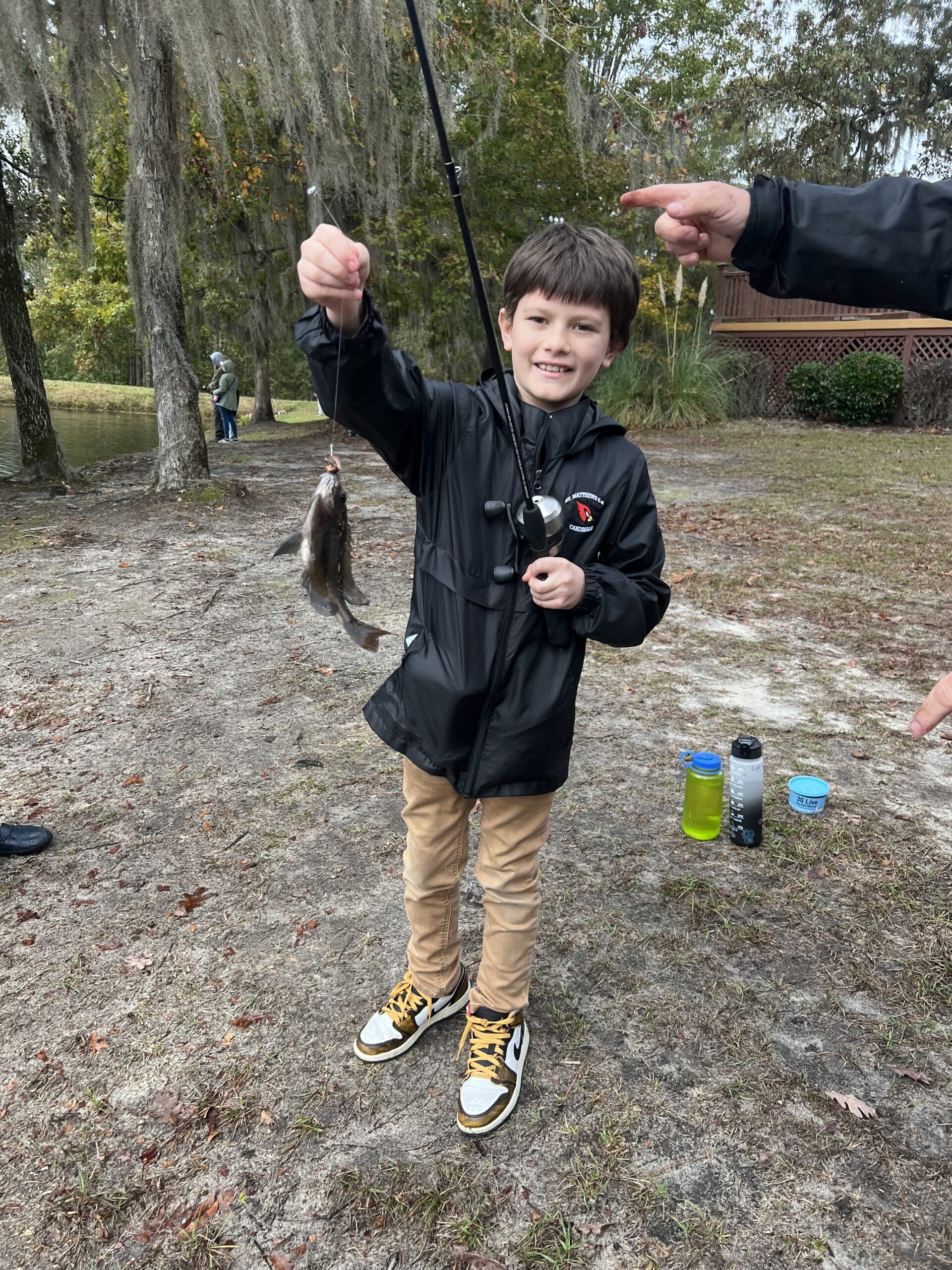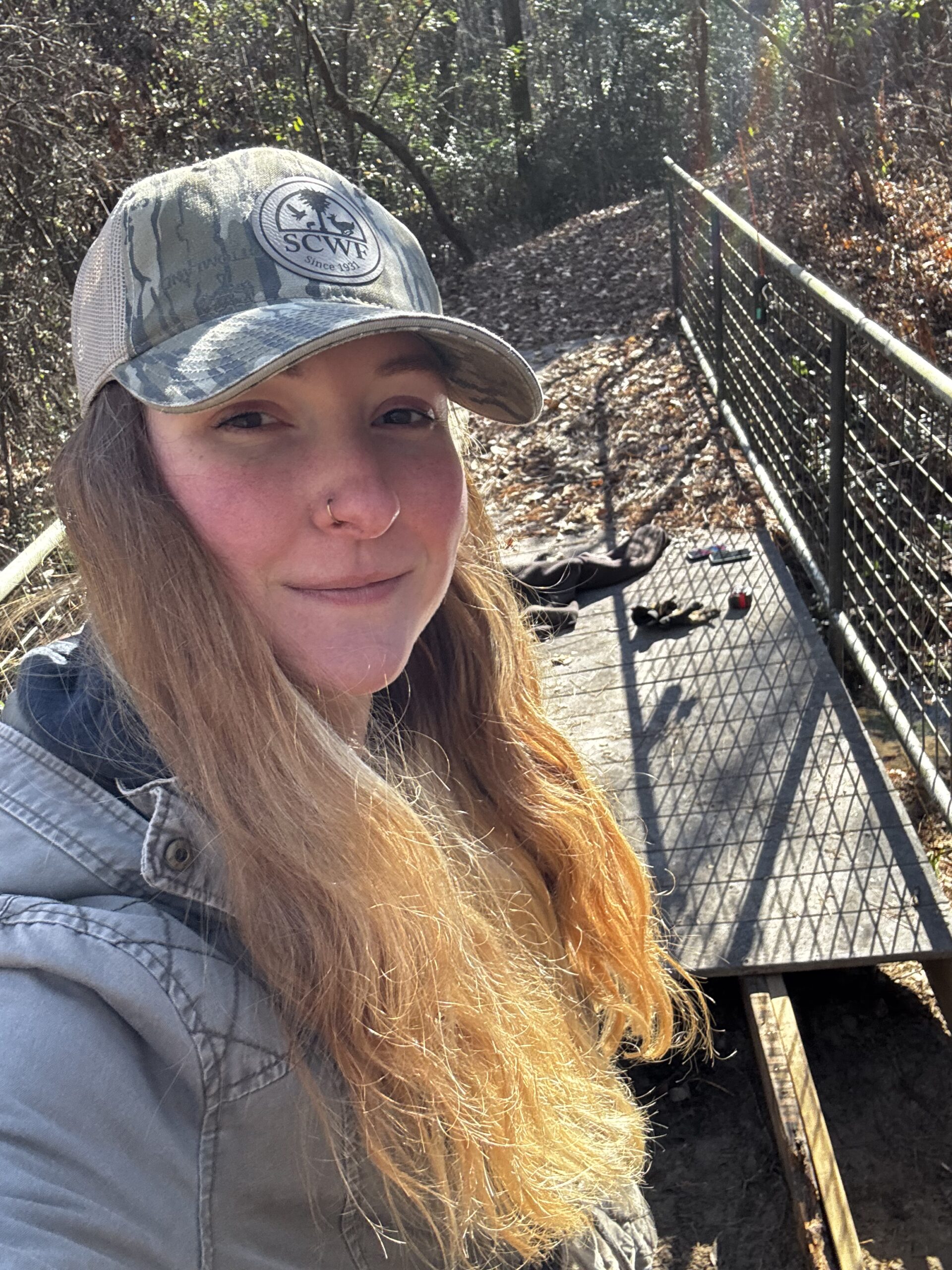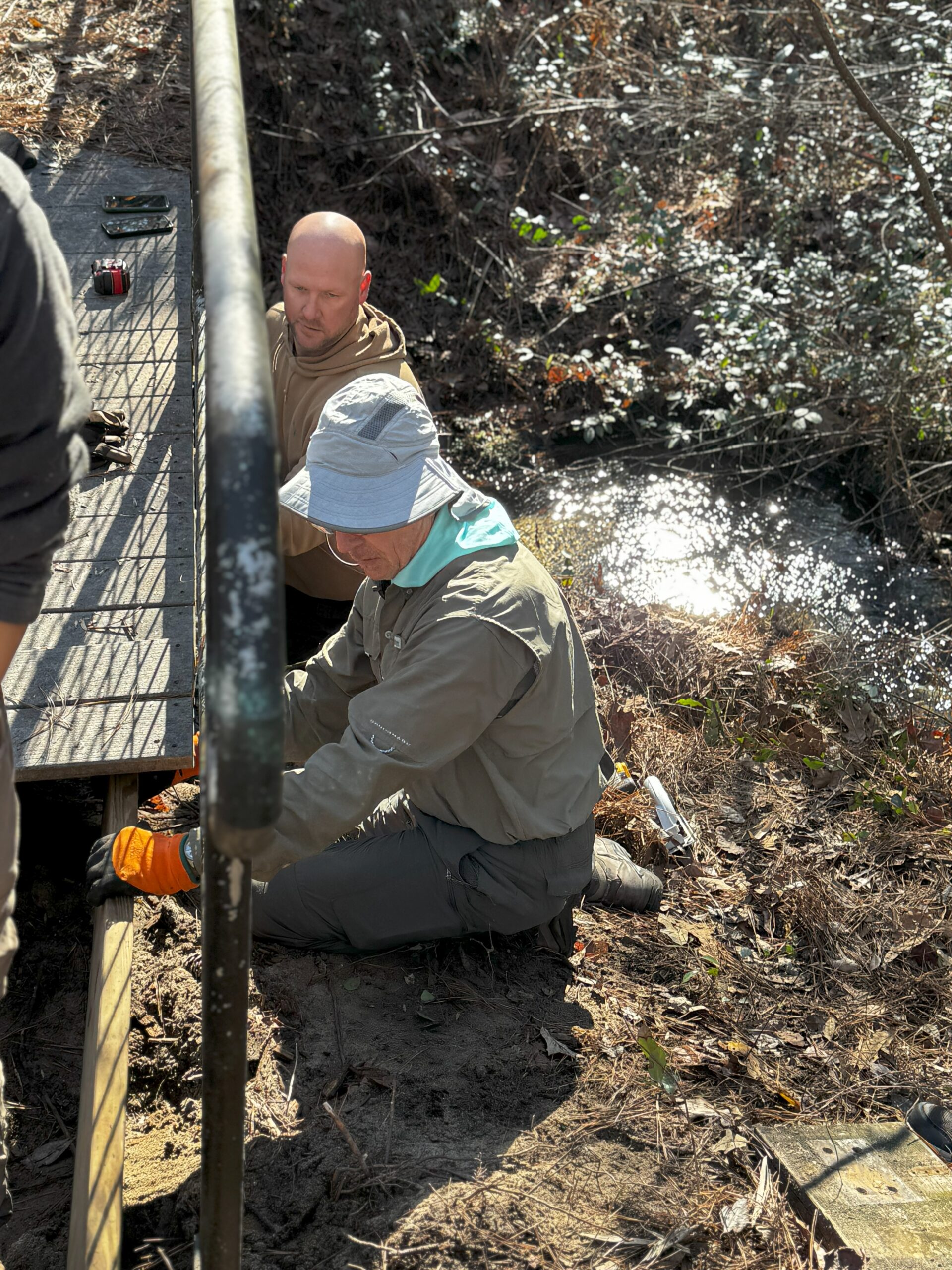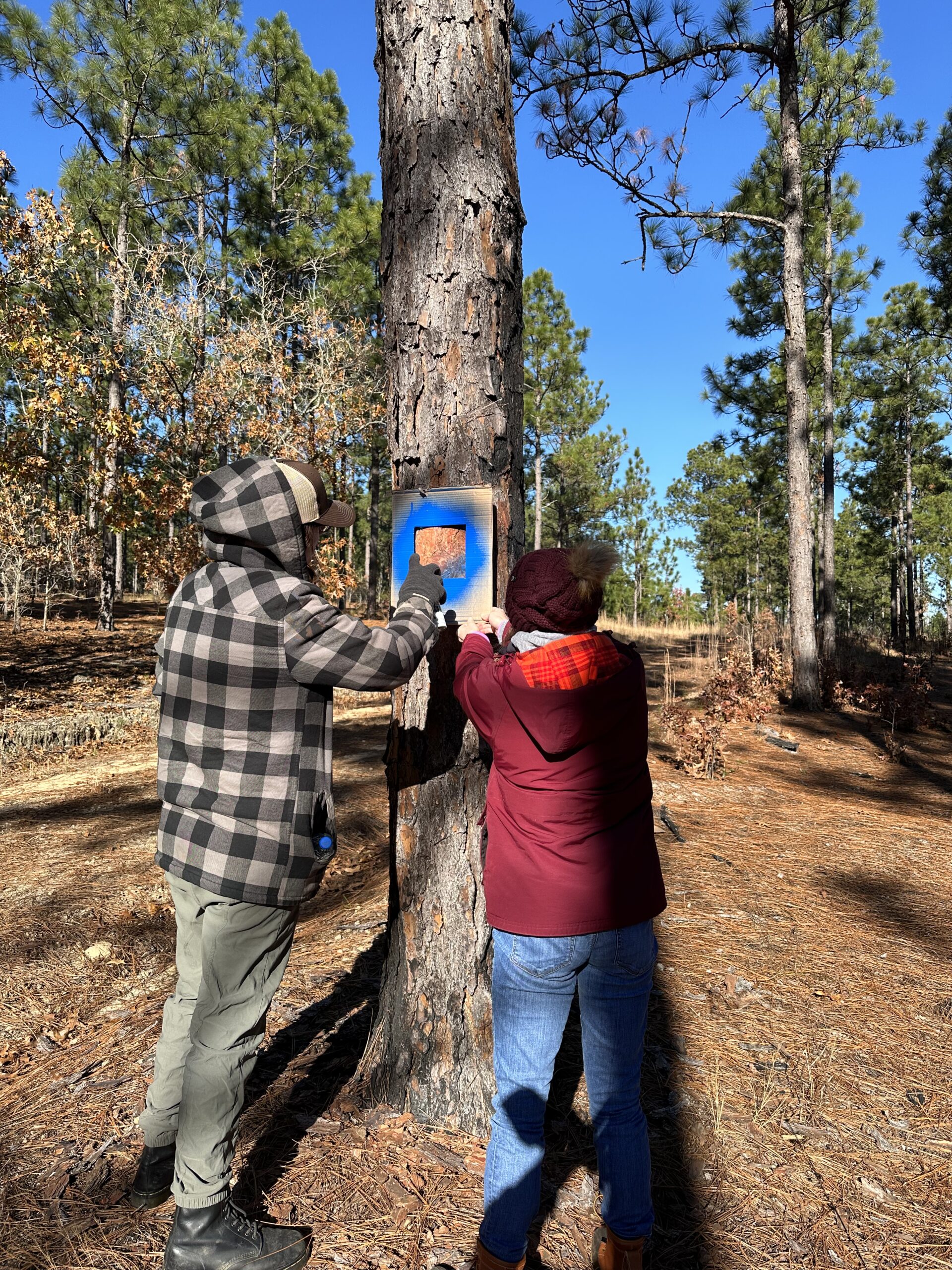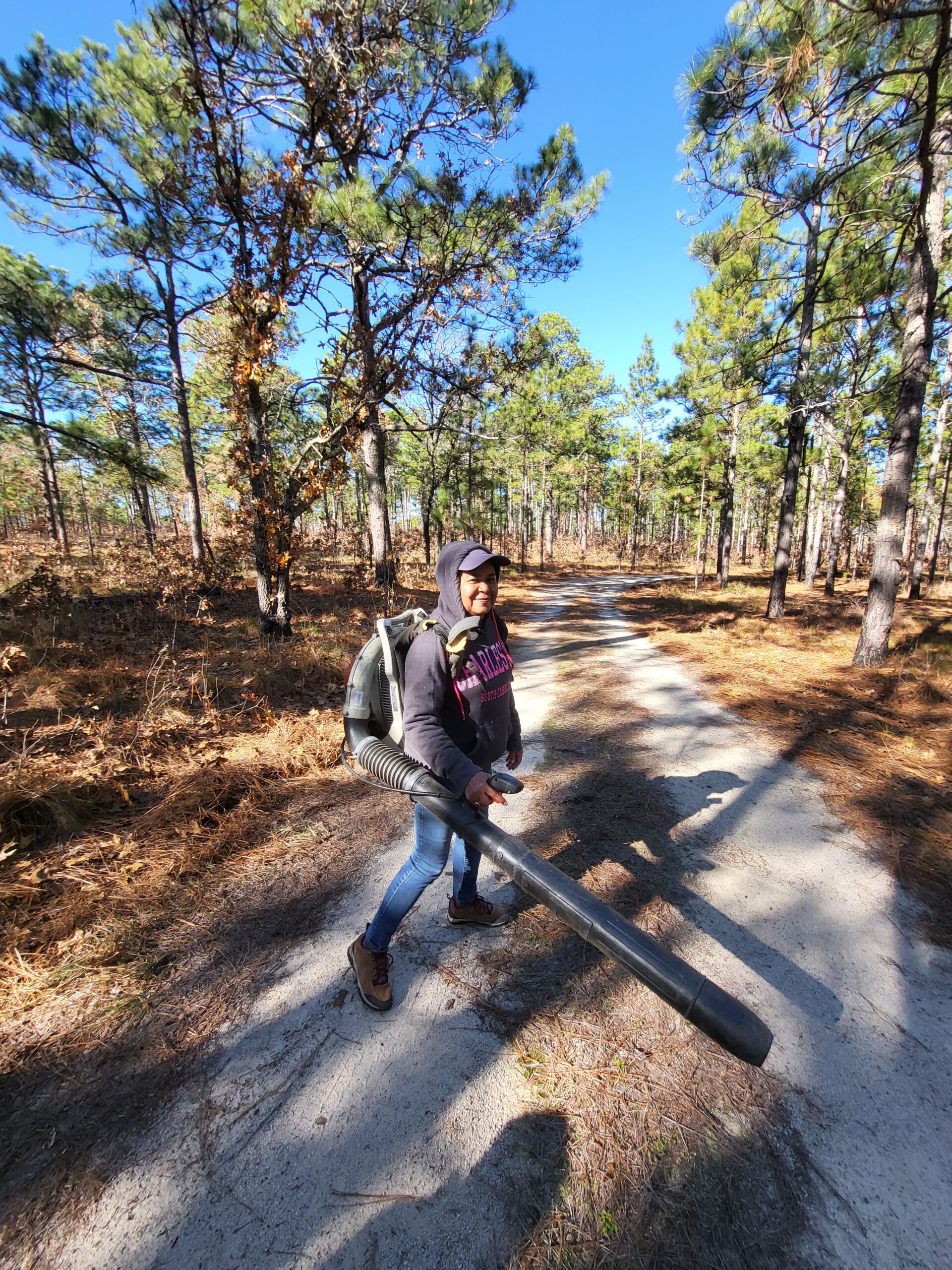BMW Manufacturing, another great Wildlife And Industry Together or WAIT partner from the upstate of SC, has been an engaged partner in wildlife habitat creation and conservation for years. From pollinator habitat to the installation of nest boxes and native trees, their team of engaged employees is always eager to learn more about conservation and what they can do on their property to help local wildlife. Recently, over 100 native trees were planted in an area behind one of their training facilities. These trees, which include oaks, elms, hornbeam, pine, among other species, will produce millions of insects (if not more) over the years that will be consumed by birds, reptiles, mammals, and even other insects.
BMW staff, along with Industry Habitat Manager, Jay Keck, recently installed six Eastern bluebird boxes on the property, adding to the already existing Wood Duck and bluebird boxes. The installation was followed up with a talk about the importance of cavity nests and native plants.
Thank you, BMW, for providing us with the opportunity to educate your employees, as well as taking the time to increase wildlife habitat and nesting opportunities for a number of local wildlife species!
Why WAIT?
SCWF partners with conservation-minded businesses throughout the state who want to help wildlife thrive by enhancing their properties and providing educational opportunities for their employees and communities. Read more about the WAIT Program and how to join here.

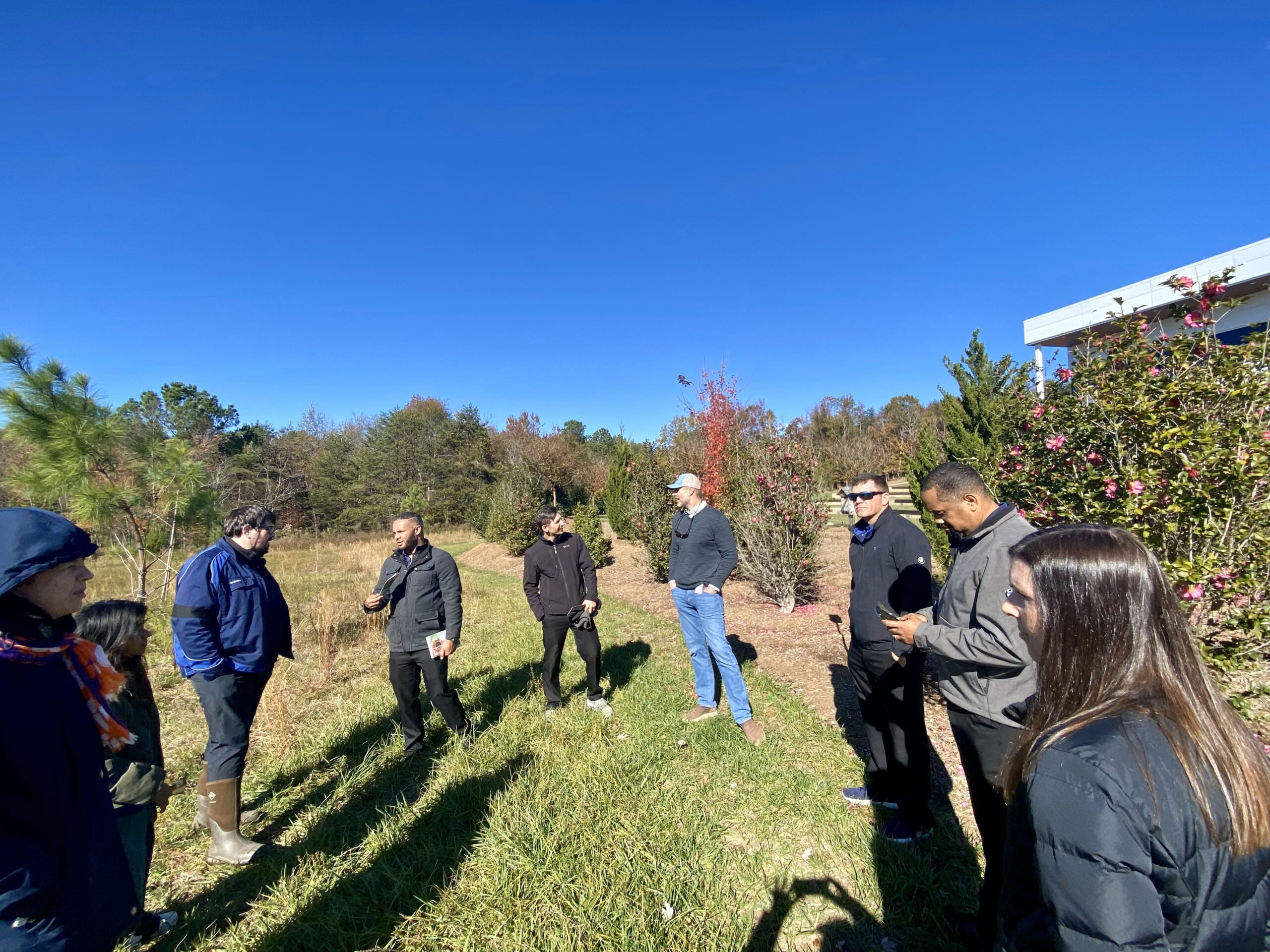
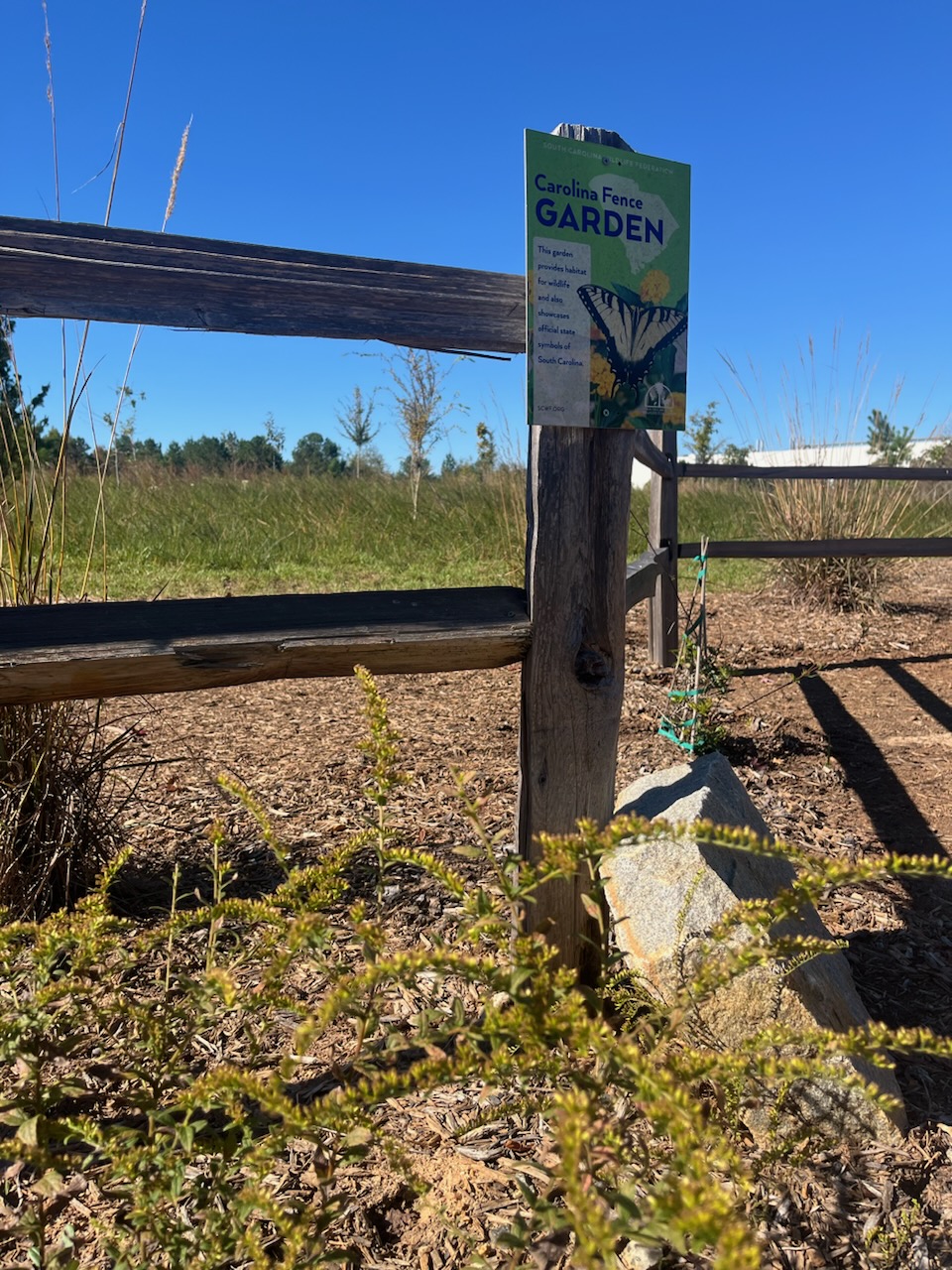
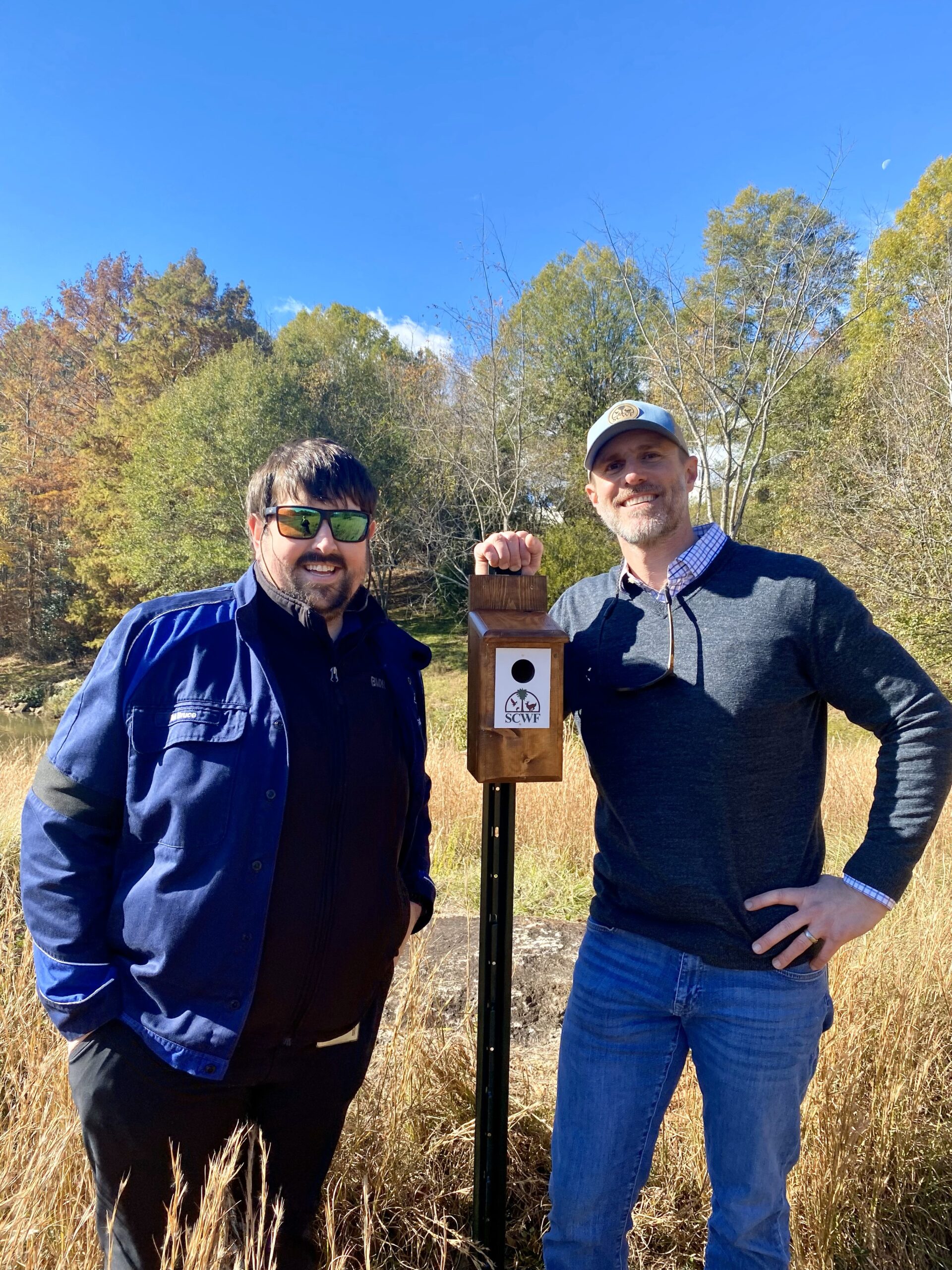
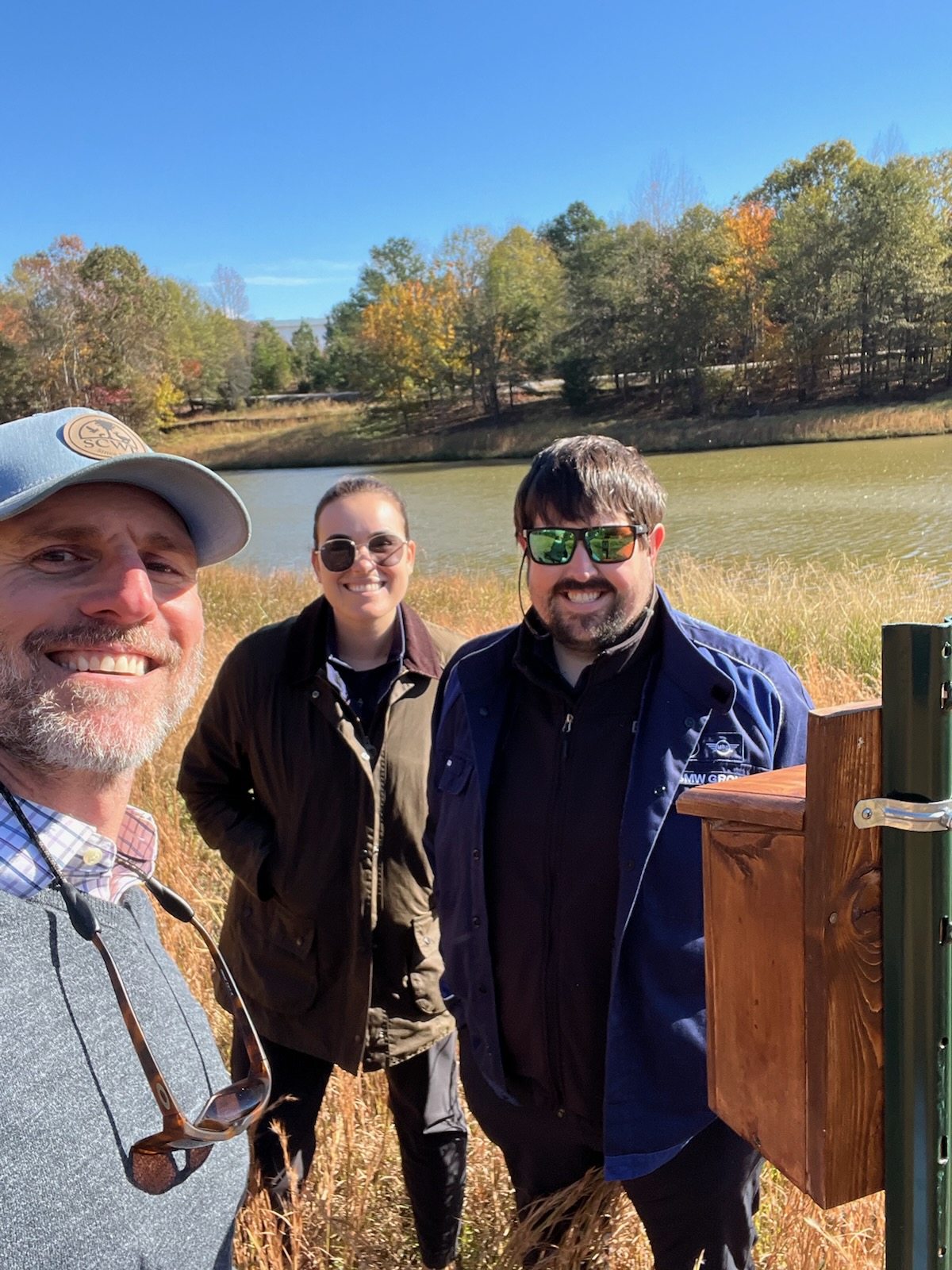
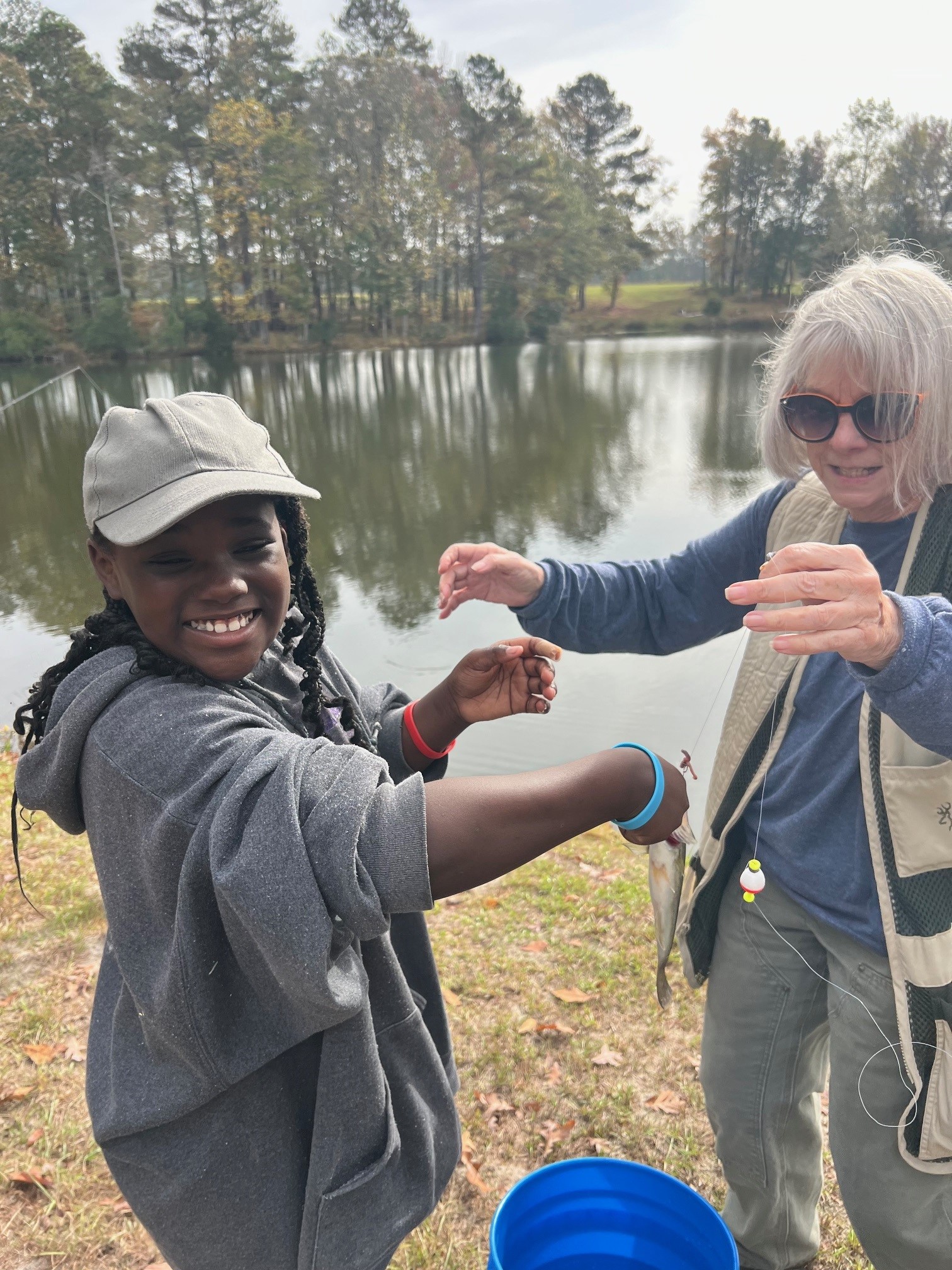
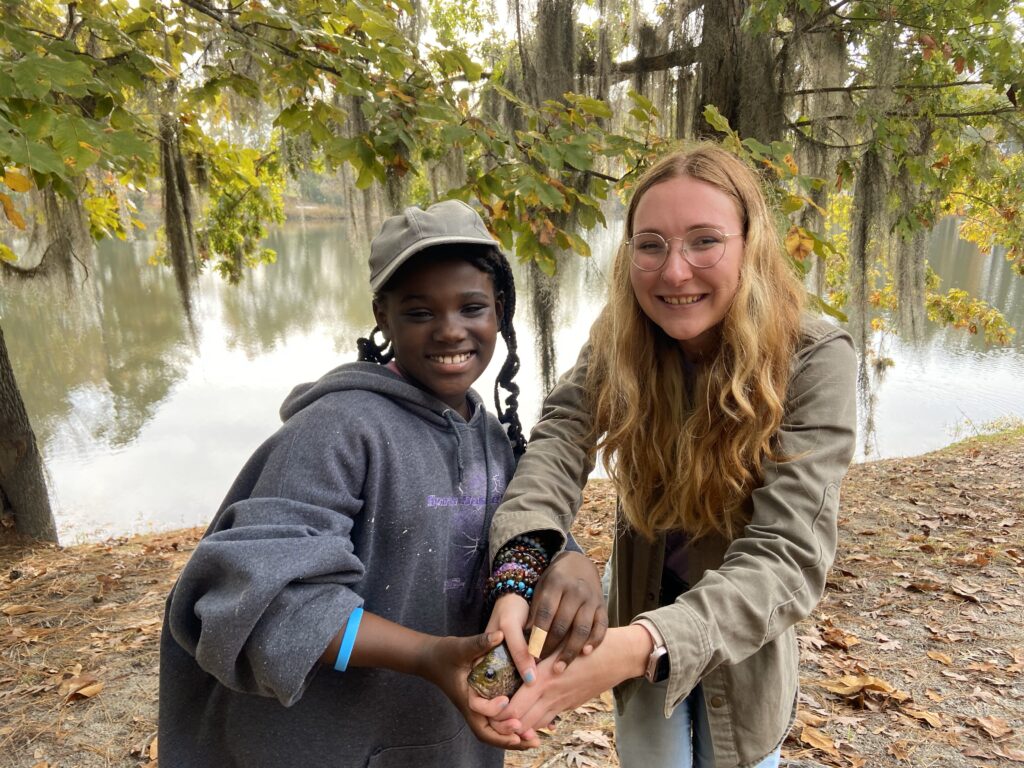 “I got one!” exclaims an excited fourth grader from Calhoun County holding the line with a beautiful bluegill glistening on the end. A quick photo, a gentle release, and there are smiles and high fives all around and a healthy fish returned to the pond. This is thanks to some incredible partners and volunteers recently at the Interlaken Wildlife Center in Cameron, SC. SCWF staff partnered with the staff at Interlaken Wildlife Center and the Calhoun County Soil and Water Conservation district to provide a hands-on fishing and nature experience at the center.
“I got one!” exclaims an excited fourth grader from Calhoun County holding the line with a beautiful bluegill glistening on the end. A quick photo, a gentle release, and there are smiles and high fives all around and a healthy fish returned to the pond. This is thanks to some incredible partners and volunteers recently at the Interlaken Wildlife Center in Cameron, SC. SCWF staff partnered with the staff at Interlaken Wildlife Center and the Calhoun County Soil and Water Conservation district to provide a hands-on fishing and nature experience at the center.